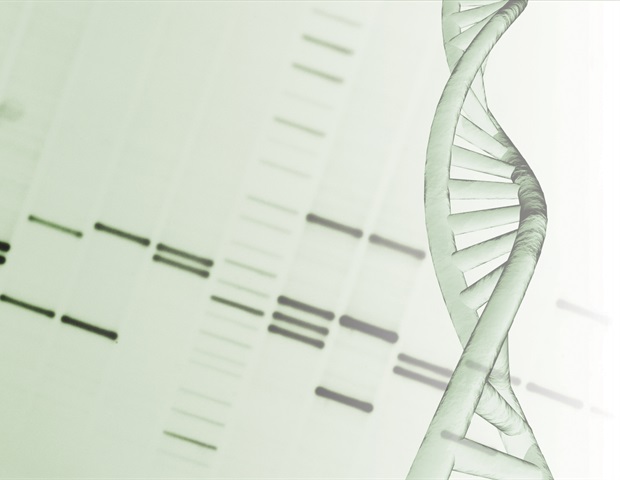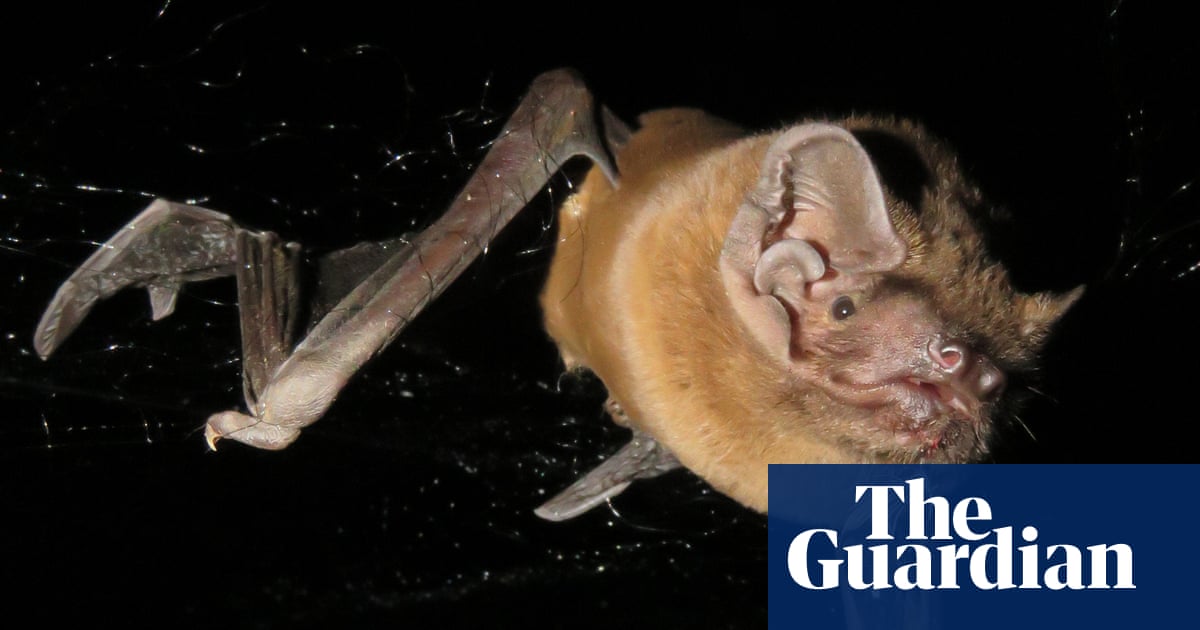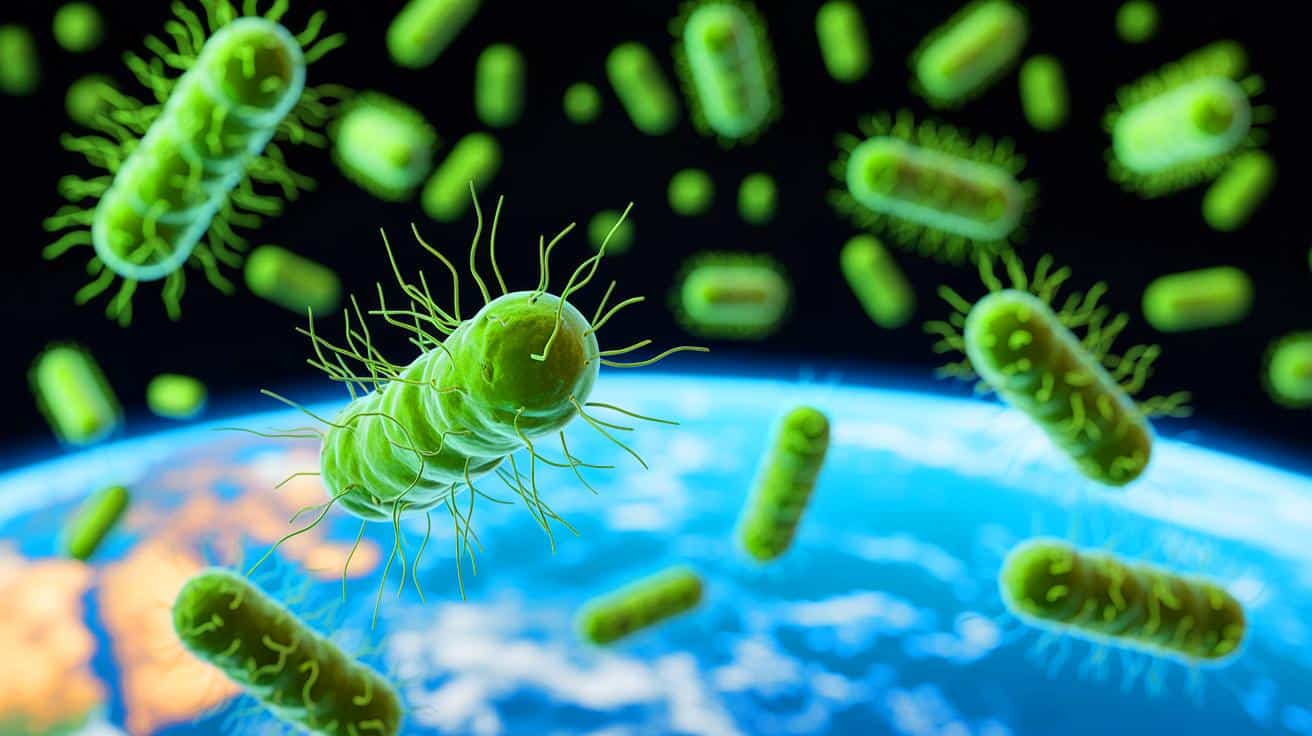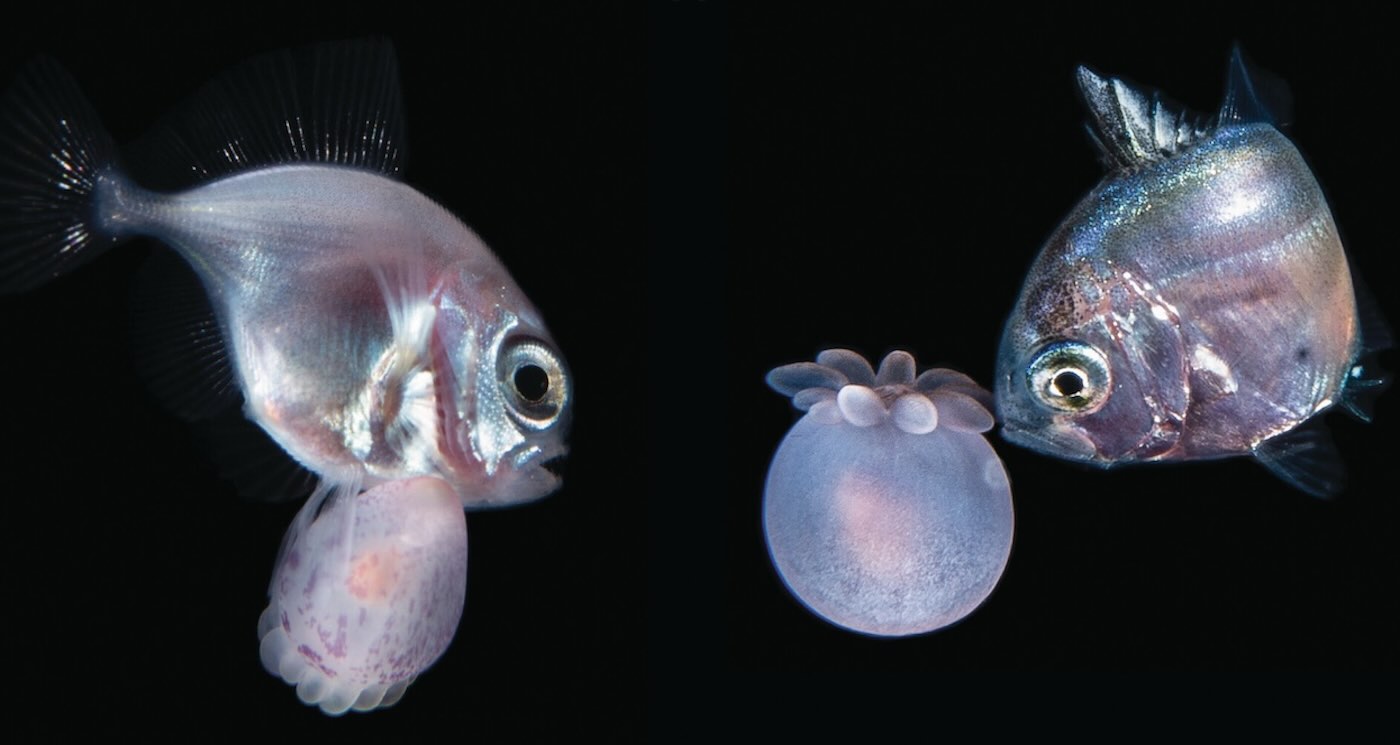Unbelievable Longevity: Discover the Naked Mole-Rat's Secret to Living Nearly 40 Years!
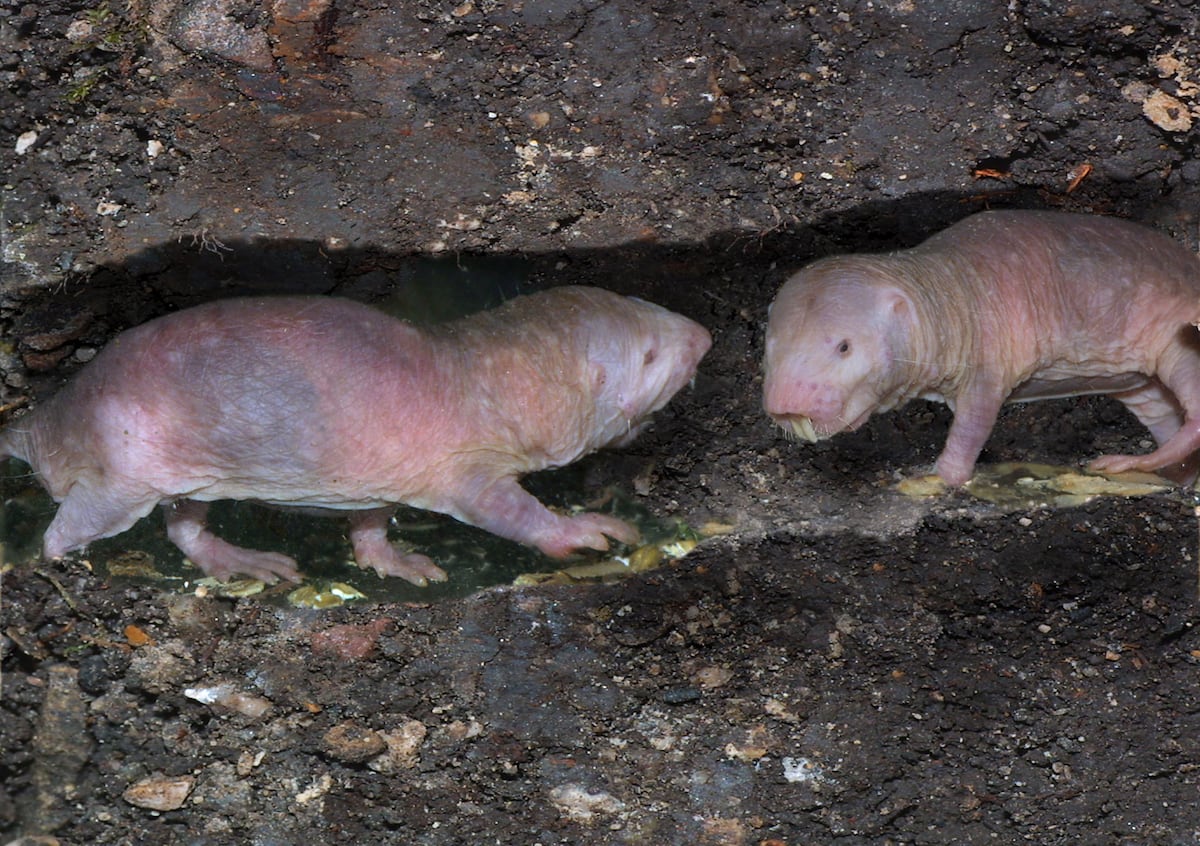
Did you know that while most animals follow a strict rule of size dictating lifespan, the naked mole-rat is flipping the script and laughs in the face of nature’s iron law? Typically, smaller creatures like this tiny rodent should only live for a couple of years, yet they often reach the ripe age of 40! This astonishing feat has captivated scientists, especially since these little guys don’t seem to suffer from the diseases that usually come with age, like cancer or arthritis. Recent research published in Science dives deep into the genetics behind this incredible longevity, exposing mutations that enhance their DNA repair system.
A dedicated team of scientists from China took on the challenge of understanding how the naked mole-rat, found in the Horn of Africa, manages to outlast other small animals. Historically, aging has been a complex puzzle, but these researchers turned to the rodent's ability to efficiently repair its DNA. One of the most damaging things that can happen to DNA is a double-strand break, where both strands lose genetic material. In humans, the process of fixing this damage can be a bit clunky, but the naked mole-rat has developed a unique method.
Yu Chen, a researcher at Tongji University and primary author of the study, explains that the naked mole-rat’s DNA repair enzyme, cGAS, operates differently compared to humans and mice. “Their cells grow more slowly, allowing DNA damage to linger longer, which can lead to aging,” Chen elaborates. Yet, these extraordinary rodents have enzymes that remain effective for extended periods, enabling them to gather resources necessary for maintaining genomic stability, like seasoned mechanics keeping an engine running smoothly.
The research team identified four specific mutations within the naked mole-rat's cGAS enzyme that bolster its DNA repair capabilities. By introducing these mutations into fruit flies, scientists created “superflies” that exhibited improved health and longevity, living longer than their normal counterparts. They even saw a significant increase in resilience to infections and maintenance of reproductive functions in aging females!
But the secrets of the naked mole-rat don’t stop there. Labs have also tested the effects of these genetic modifications on mice with promising results; those expressing the modified enzyme showed signs of healthier aging after just two months. Fascinatingly, two other species — the gray squirrel and the blind mole-rat — share similar mutations, suggesting a remarkable evolutionary adaptation towards longevity.
In another landmark study, the naked mole-rat's social structure was explored, revealing a complex organization similar to that of bees and ants. Equipped with RFID tags, researchers tracked over 83 million interactions among these rodents, uncovering a division of labor within their colonies. They found that while one female typically reproduces, others have designated roles such as cleaning or transport, hinting at a sophisticated social system.
As scientists dive deeper into the world of naked mole-rats, they offer lessons on how genetic adaptations can lead to longer, healthier lives. So, the next time you marvel at your pet hamster’s lifespan, remember the naked mole-rat — a tiny mammal rewriting the rules of aging!











